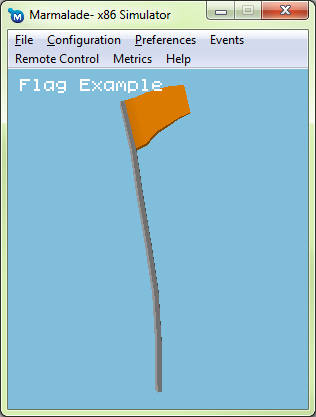Overview of this book
Modern mobile devices are capable of supporting video games of amazing quality but there are so many different devices and platforms how can you support them all? The answer is to use the Marmalade SDK to write your code once and deploy it to all popular mobile platforms at the touch of a button.Marmalade SDK Mobile Game Development Essentials will provide you with everything you need to know to transfer your existing C++ videogame programming knowledge to mobile devices. From graphics and sound to input methods and actual deployment to device, this book covers the lot.Learn how to make use of keys, touch screen and accelerometer inputs for controlling your game.Take the pain out of supporting a varied range of target devices, both across multiple platforms and multiple specifications.Step by step from "Hello World" to a complete game, this book will show how to use the Marmalade SDK to develop games for mobile devices.Learn how to make dazzling 2D and 3D games complete with fully animated characters, music and sound effects that can be deployed to all the leading mobile platforms, whilst ensuring it can run on a wide range of possible devices, from low specification to high end.If you want to join the exciting world of mobile videogames then Learning Mobile Game Development with Marmalade will show you how to do so, fast!



 Free Chapter
Free Chapter

